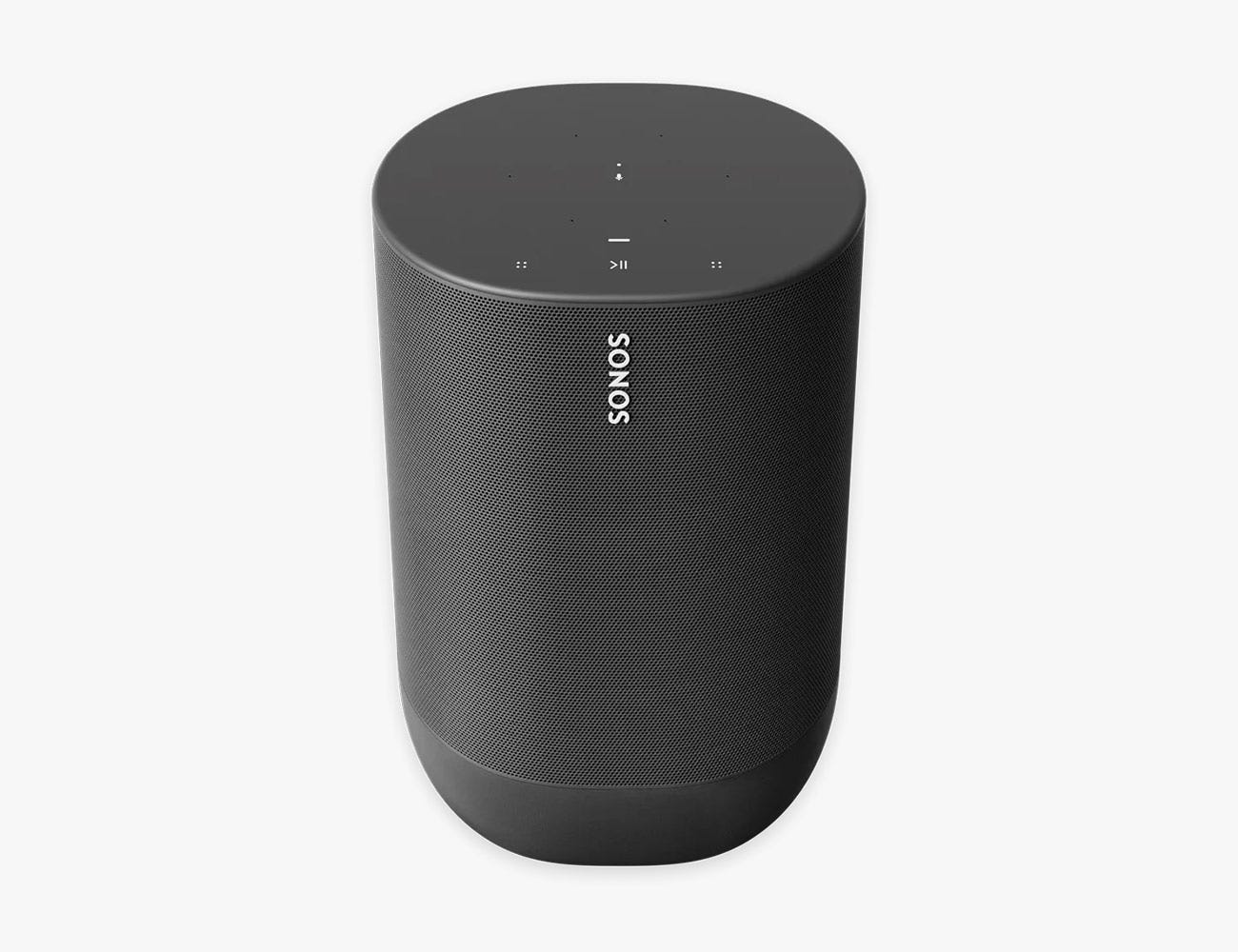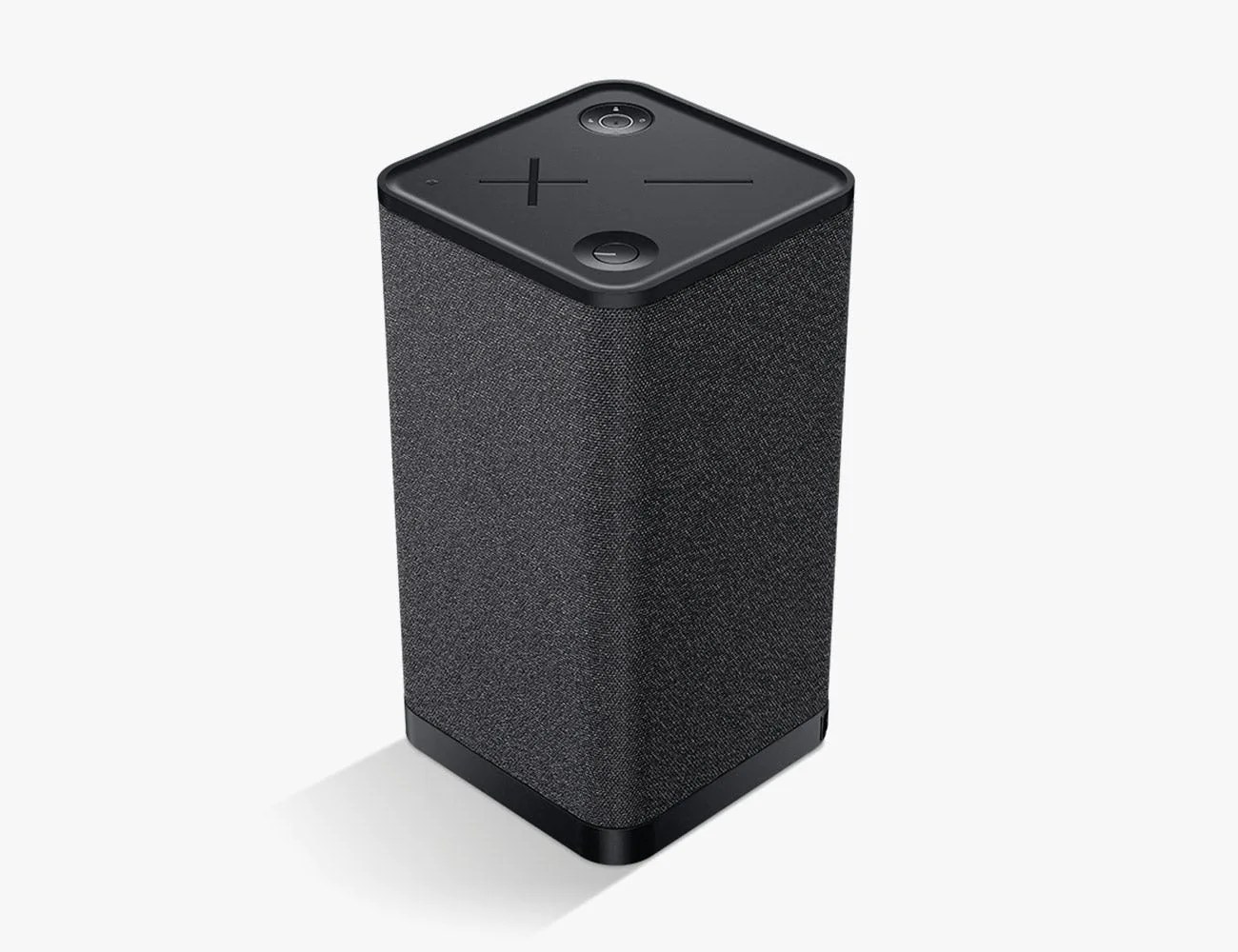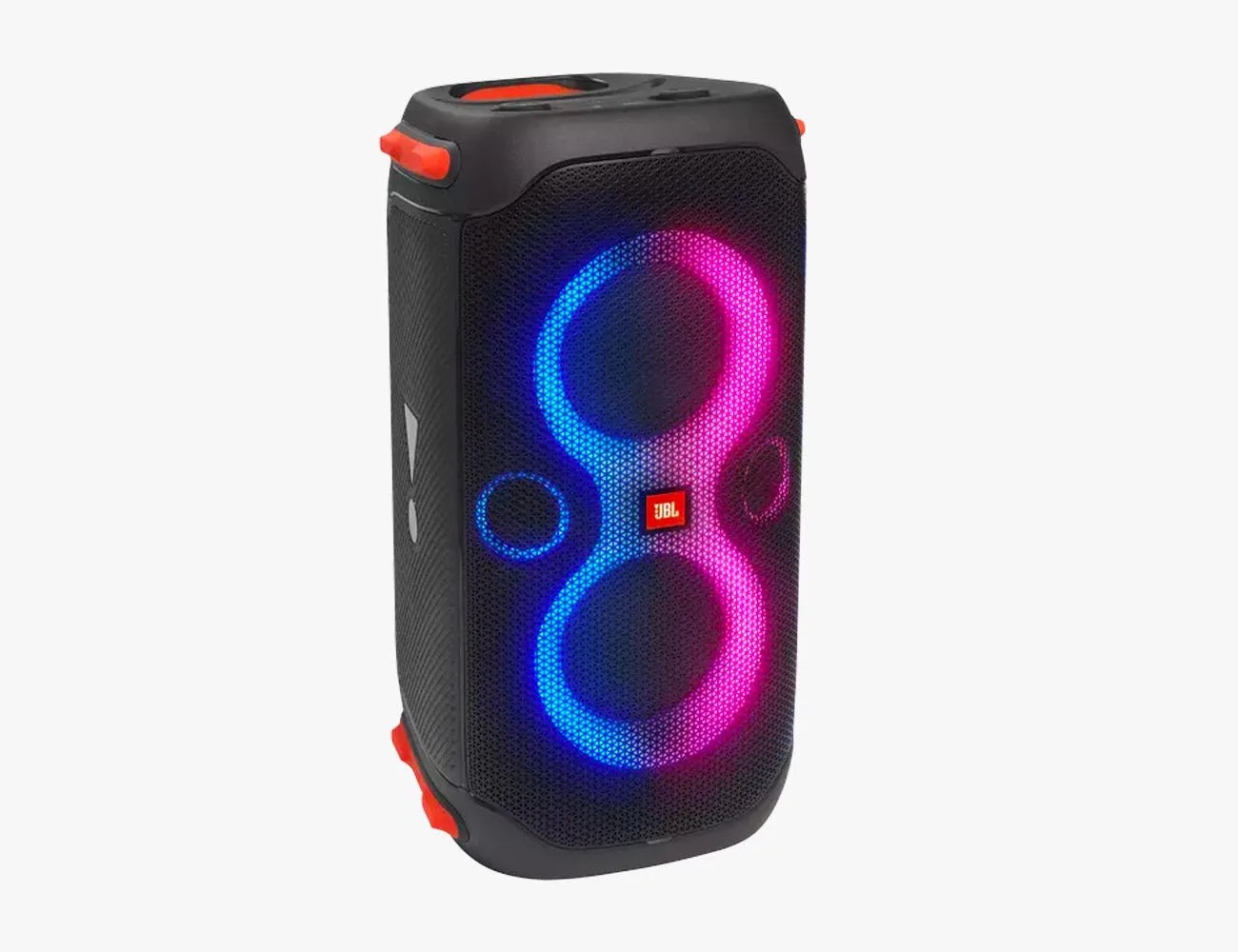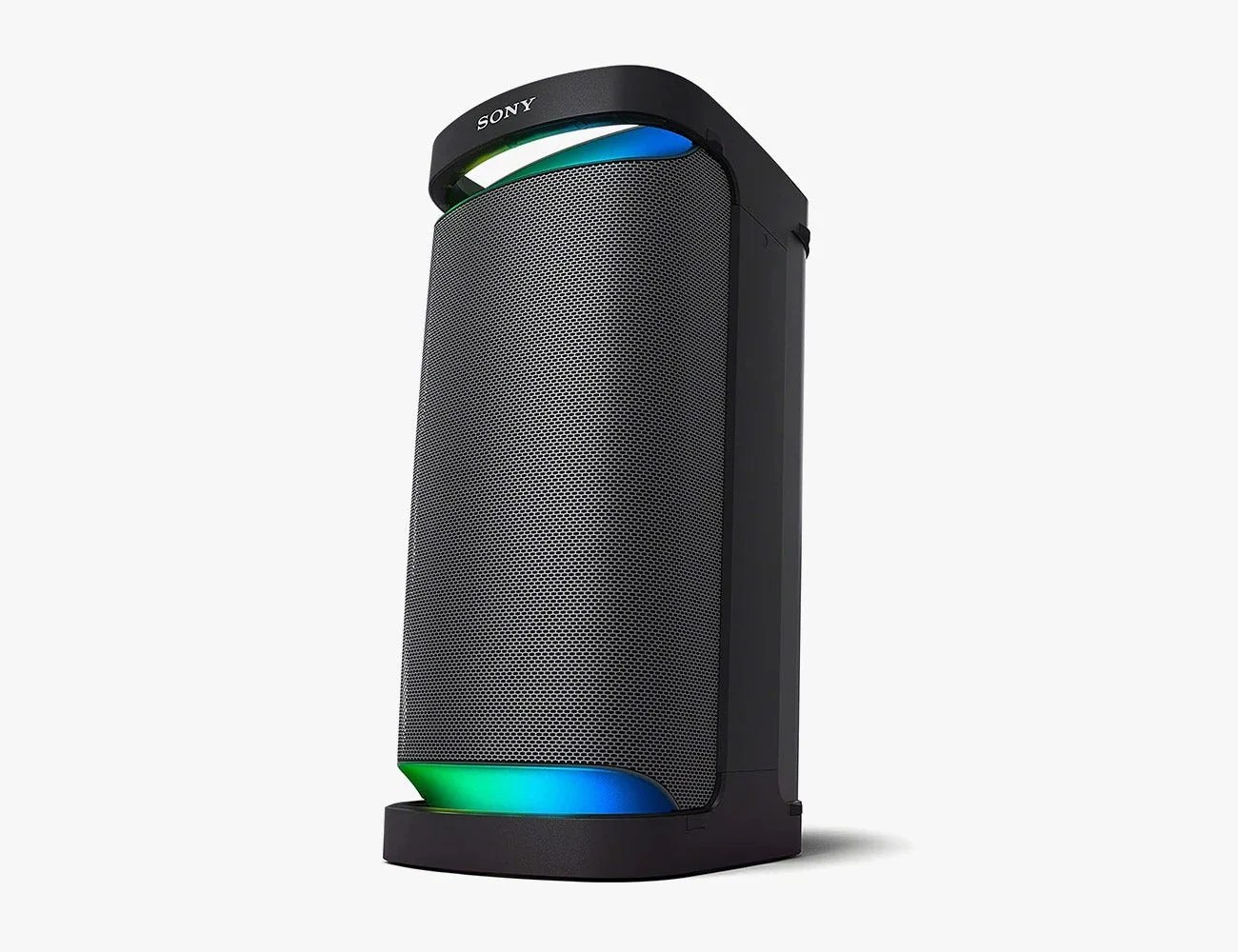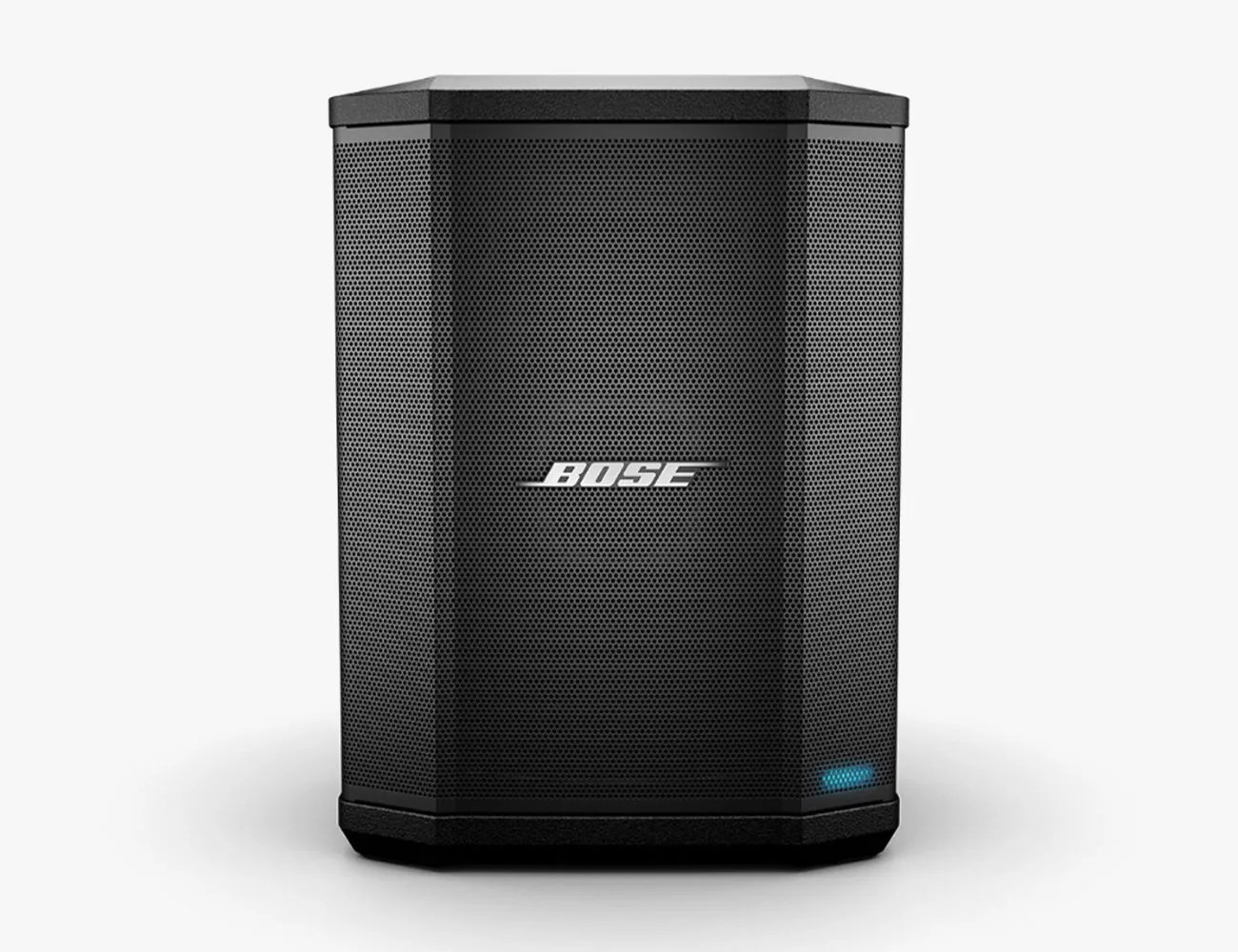There are still plenty of warmer days to come, and that means spending as much time outside as possible — even when at home. We’re throwing pool parties and hosting backyard barbecues, playing lawn sports and just hanging out on the back deck — all the situations where you want to bring the music and the energy outside. And thus, you need a speaker that fits those needs.
There is a wide variety of speakers that are fit for the outdoors. The most common are ultra-portable Bluetooth speakers, which are small and water-resistant, the type of speakers you take to the beach or strap to your backpack. However, such speakers aren’t the best option for a backyard party because they don’t get very loud. So you end up playing music that only one party of the party can hear.
The two best types of speakers for outdoor parties, in our opinion, are either permanent outdoor speakers or larger portable speakers. Both deliver the best sound with the widest soundstage so that it reaches more area. Also, many of these speakers are able to sync with other speakers in a multi-room-like system so you can really play sound throughout your backyard.
Products in the Guide
The Argument Against Permanent Outdoor Speakers
Permanent outdoor speakers, or speakers that are installed in your house and can’t be moved, have been around for years and years — and they’re great. However, in this new wireless age, they might not be the best option for you. They’re often unsightly unless you get in-wall or in-ceiling speakers that hide in plain sight (but that adds a high installation cost), and most require an analog connection to an amp or receiver. So they can be pricey, complicated to install, and they’re not versatile.
There’s a new breed of portable outdoor speakers that are powerful enough to fill a backyard with sound and rugged enough to survive a mild rainstorm. They also are super versatile thanks to Wi-Fi and advanced Bluetooth connectivity that supports multi-room audio, so you can get several speakers, pair them together and spread them throughout your backyard. Then, when you’re done, you can hide them out of sight so they don’t look odd chilling in your backyard.

